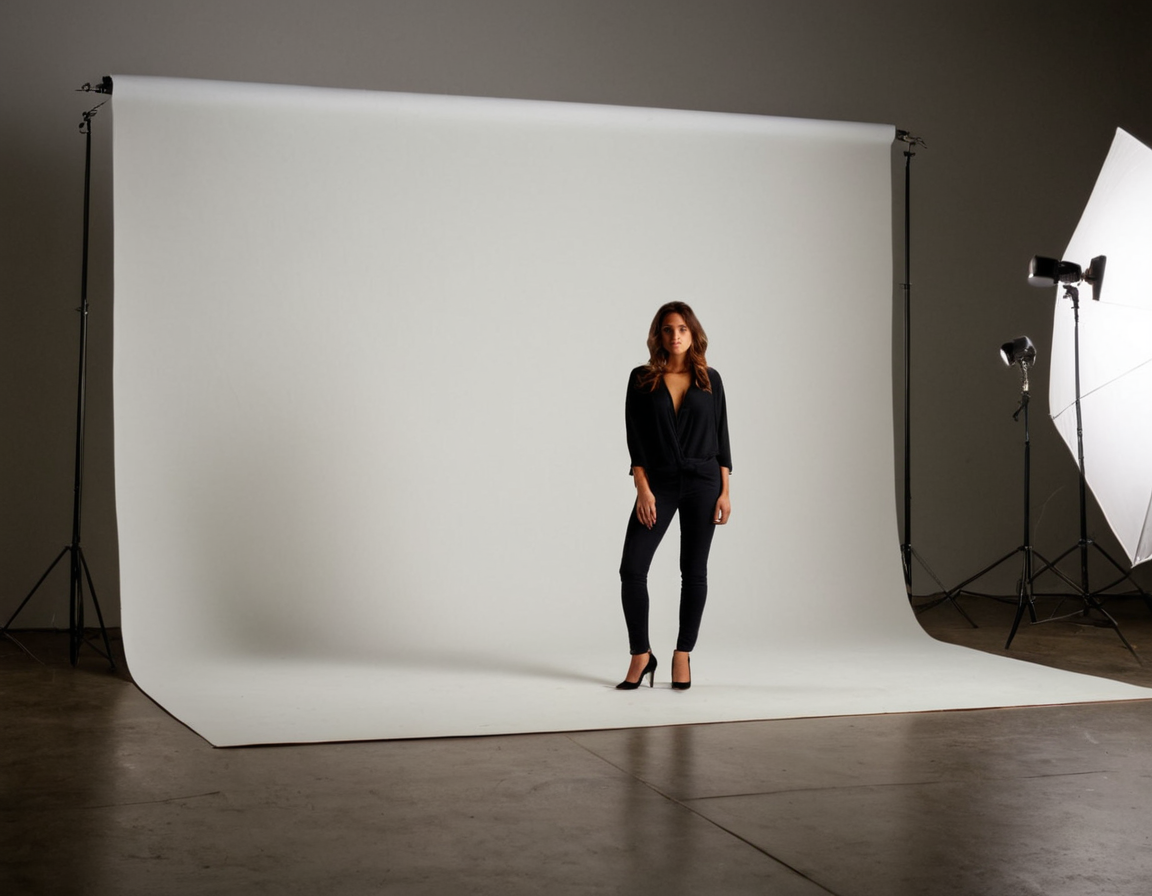Aperature & ISO for Full Body Shots

The Anatomy of a Great Portrait Lens: Understanding the Role of Aperture, Shutter Speed and ISO in Full-Body Shots
Introduction:
When it comes to taking great portraits, understanding the fundamentals of your camera equipment is crucial. One often overlooked aspect of photography is the lens itself. In this article, we’ll delve into the anatomy of a great portrait lens, exploring how aperture, shutter speed, and ISO interact to produce stunning full-body shots.
Aperture
Aperture refers to the size of the camera’s aperture, which regulates the amount of light that enters the lens. A larger aperture (smaller f-stop number) allows more light in, resulting in a shallower depth of field. This is ideal for creating a beautiful bokeh effect, separating the subject from the background.
In portrait photography, a large aperture is often used to create a shallow depth of field, focusing attention on the subject’s face and blurring the rest of the scene. However, be cautious not to overdo it, as excessive blur can detract from the image.
For instance, if you’re shooting with a 50mm lens at f/1.4, the subject will be in focus from head-to-toe, while the background is blurred. This can create a dramatic effect, drawing the viewer’s attention to the subject.
Tips for Working with Aperture
- Use a wide aperture (small f-stop number) to create a shallow depth of field.
- Experiment with different apertures to achieve the desired effect.
- Be mindful of overusing large apertures, as it can lead to an unflattering bokeh.
Shutter Speed
Shutter speed controls the length of time the camera’s shutter is open, affecting the amount of light that enters the lens. Faster shutter speeds (lower numbers) are used for freezing motion, while slower speeds (higher numbers) are used for creative blur effects.
In portrait photography, a fast shutter speed can be used to freeze the subject’s movement, preventing any unwanted blur. However, this may also result in an overly sharp image, lacking the desired depth of field effect.
Conversely, a slow shutter speed can create a sense of motion or blur, adding an artistic element to the image. This technique is often used to capture abstract or impressionistic effects.
Tips for Working with Shutter Speed
- Use a fast shutter speed (high number) to freeze motion.
- Experiment with slower speeds to achieve creative blur effects.
- Be cautious not to overuse slow shutter speeds, as it can lead to an unflattering image.
ISO
ISO refers to the camera’s sensitivity to light. Lower ISO values (100-400) are best for bright lighting conditions, while higher values (1600 and above) are better suited for low-light situations.
In portrait photography, using a high ISO can result in noise or grain, detracting from the image quality. However, if shooting in low-light conditions, it may be necessary to adjust the ISO to compensate.
Tips for Working with ISO
- Use a low ISO value (100-400) for bright lighting conditions.
- Increase the ISO as needed to achieve proper exposure in low light.
- Be cautious not to overuse high ISO values, as it can lead to noise or grain.
Conclusion
Mastering the fundamentals of your camera equipment is essential for producing great portraits. Understanding how aperture, shutter speed, and ISO interact will help you create stunning full-body shots that draw attention to your subject.
Before taking the next photo shoot, remember:
- Experiment with different aperture values to achieve the desired effect.
- Be mindful of overusing large apertures or slow shutter speeds.
- Use a low ISO value for bright lighting conditions and adjust as needed for low light.
The key to great portrait photography lies in understanding your equipment’s capabilities and using them to tell a story. Take control of your camera, experiment with different techniques, and push the boundaries of what you think is possible.
What do you think is the most critical aspect of portrait photography? Share your thoughts in the comments below!
Tags
portrait-lens-anatomy aerofoto-techniques depth-of-field full-body-shots lighting-in-photography
About Luis Torres
Hi, I'm Luis Torres, a photographer and blogger passionate about helping creatives grow. With a background in photography and a knack for teaching, I share actionable tips & techniques on lentecreativa.com to inspire and educate photographers of all levels.
